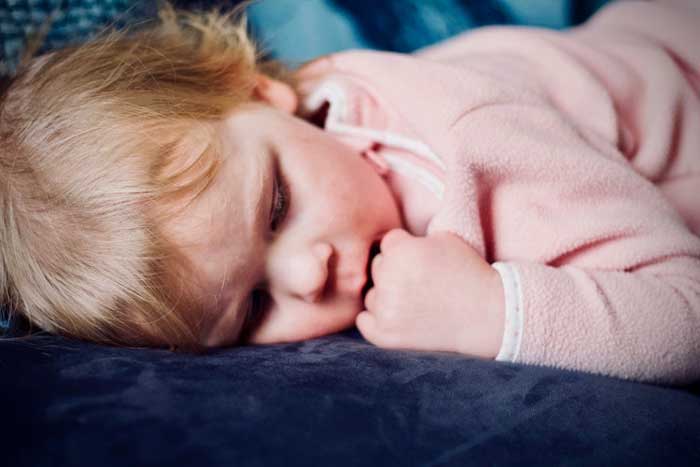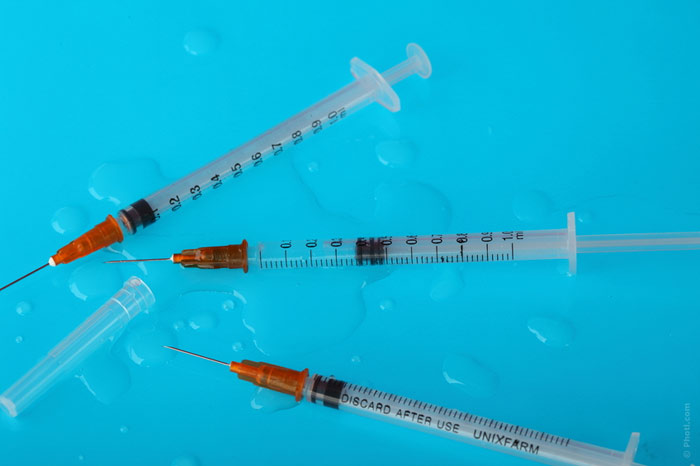7 Common Autism Myths Busted
In recent years, autism has been discussed and written about more often. Almost everyone has encountered a person with such a diagnosis among friends or seen such children in public places. However, there are a lot of myths connected with autism. Geniuspregnancy.com has collected the most popular myths about autism – and prepared reliable information that everyone should read and share with others.
 Myth 1: All children with autism are brilliant.
Myth 1: All children with autism are brilliant.
In fact, this is true. According to world studies, children with Savant syndrome (autistic kids who have “the island of genius”) constitute no more than 10% of all children with autism spectrum disorders. However, British scientists who have conducted a survey of the parents of children with autism, believe that there are more than 30% of such children. The main brilliant abilities of people with savantism are arithmetic and music.
Myth 2: If a child is autistic, he will no longer become “normal”, everything is pointless
This is not true. The main focus of assistance to children with autism throughout the world is its early diagnosis and immediate inclusion in the program of early help. The sooner the specialist determines autism and starts helping the child, the better the prognosis is.
If they diagnose autism at the age of 1.5 – 2 years, only some of its features (for example, isolation) may remain by the school age in case of a complex correction program. There are many examples of people with autism who have achieved great success in their work, for example, Professor Stephen Shore or Professor Temple Grandin.
Myth 3: Children with autism are more prone to illnesses.
Not really. Children with autism rather have their own physical health characteristics. For example, these children are more likely to have allergies, sleep disorders, and intestinal problems. But they suffer from catarrhal illnesses with the same frequency as other children.
Myth 4: Children with autism are afraid of everyone – and even their own mother
Children with autism have a rather wide range of fears and phobias. There is a theory that children with autism are born in a hyper-sensory environment. Due to the damage to certain areas of the brain, they cannot distinguish the main sounds from side sounds (the so-called “cocktail party” effect), the main visual images from minor ones. Therefore, factors that we do not even notice, such as low noises or flickering fluorescent light, can frighten an autistic child.
Moreover, the aura of fear extends not only to the very cause of fear but also to the environment surrounding the child at that moment. People, their clothes, interior or outdoor space, the sounds accompanying the moment of fear, and other factors also become the objects causing fear.
The focus on the feeling of fear is so pronounced that it can persist for years after the traumatic situation. An autistic child cannot communicate the reason for his fear of parents due to violated communication. However, moms and dads find this worrying or fear groundless, but this is not so.
Myth 5: Autistic children most often shout at people and have tantrums.
Tantrums and aggression in autistic children are always protective. Such reactions occur when you try to involve them in emotional interaction, violate the boundaries of their personal space or their ritual behavior, which means everything that the child with autism does not find clear or necessary. To avoid tantrums, the child should have some free personal space, and one should not interfere with the kid’s ritual behavior.
Myth 6: Autistic children cannot be born healthy.
The gene responsible for the development of autism has not been identified yet. However, great attention is paid to studies of the genetic nature of autism spectrum disorders. If in a pair of twins one child suffers from autism, then the likelihood that the other child will have it is 70%.
If the family has an older child diagnosed with autism, the probability of its occurrence in the younger kid depends on the child’s sex. For example, if the older sister is diagnosed with autism, the probability of autism in a younger brother is 16.7%, if the older boy is autistic, the younger girl faces with 4.2% or autism probability.
Myth 7: There used to be no autistic people earlier, this is due to the hormones in products/vaccination/Internet/IVF and so on.
In 2018, rejection of vaccination entered the top 10 of threats to human health, according to the WHO. At the moment, vaccination is related to the risk factors for the development of autism that have never been confirmed from the point of view of evidence-based medicine.
It also proved impossible to reveal the interrelation between IVF and the risk factors for the development of autism in the research. However, if the IVF procedure is supplemented with ICSI (artificial injection of a sperm cell directly into the egg cell, a more complex IVF variation), this is a possible risk factor for the development of autism.
Another factor in the development of autism, which is currently being studied, is the ecological situation. In 2014, a study was published by American scientists aimed at studying the influence of environmental factors on the risk of developing autism in children. The main objective of this study was to examine the link between the possibility of genitourinary malformations in children with a frequency of autism incidence.
According to researchers, some of these congenital defects are associated with poor ecology, and more specifically with the presence of pesticides, lead, plasticizers and other synthetic molecules in the environment. As a result of the study, it was found that for each percent increase in congenital malformations of the reproductive system of boys in the studied region, the incidence of autism increased by 283%!
It was found that the frequency of these malformations is directly related to the mother’s employment during pregnancy. For example, if a mother worked as a janitor, maid or landscape designer and was more closely contacting with adverse environmental factors, the frequency of birth defects of the reproductive system, and therefore of autism, was higher in her child than in the child of a teacher.



